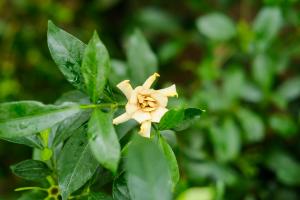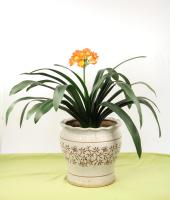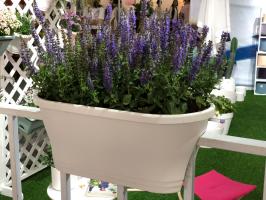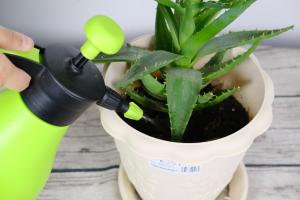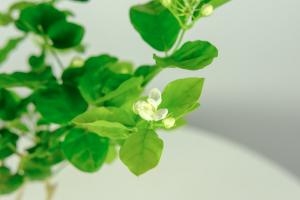How Long Will a Pot Plant Make Flowers?
Many gardeners and plant enthusiasts choose to grow plants in pots instead of in the ground. Potted plants can thrive indoors and outdoors, and can be used to decorate homes, balconies, patios, and other spaces. One of the most exciting parts of growing potted plants is witnessing them bloom with beautiful flowers. However, the question remains: how long will a pot plant make flowers?
Factors That Affect Flowering Time
The answer to this question largely depends on several factors. The first factor that affects flowering time is the type of plant. Some plants, like annuals, bloom continuously throughout the growing season. Others, like perennials, bloom once a year or only for a short period of time. Knowing the type of plant you are growing is important in determining its flowering time.
The second factor that affects flowering time is environmental conditions. For a plant to bloom, it needs favorable conditions including the right amount of sunlight, water, soil, and temperature. If any of these factors are not optimal, the plant may not bloom or may only bloom for a short period of time.
The third factor that affects flowering time is maintenance. Proper care of your potted plants including feeding, pruning, and fertilizing can aid in the plant's development and timely blooming.
Annual and Perennial Potted Plants
As previously mentioned, the type of plant you are growing will affect its flowering time. Annuals such as petunias, marigolds, and zinnias will continuously bloom throughout the growing season. Depending on the variety, they may bloom for up to eight months. Perennial plants such as roses and lilies will only bloom once a year for a period of several weeks. Some perennials, however, such as hydrangeas or clematis, will bloom multiple times throughout the growing season.
Environmental Conditions and Flowering Time
Environmental conditions play a crucial role in a plant's flowering time. The most important factor that affects blooming is sunlight. Plants need enough sunlight to produce the energy required to create flowers. Insufficient sunlight can result in no flowers or stunted blooming. Water is another essential factor. Too little water can dry out the soil and prevent blooming, while too much water can drown the plant and cause rot. Humidity and temperature play a role as well: high humidity and moderate temperatures are ideal for many plants.
Proper Maintenance and Willingness to Bloom
A well-maintained potted plant is more likely to produce flowers. Proper feeding, fertilizing, and pruning can aid in the plant's development and timely blooming. Fertilizers with a high phosphorous content are especially beneficial in flower production. Additionally, some types of plants, such as azaleas, require a dormant period to replenish their resources before they are willing to bloom again.
Conclusion
The length of time a pot plant will produce flowers depends on many factors. Knowing the type of plant you are growing, providing optimal environmental conditions, and properly maintaining your plant are all significant factors in promoting your pot plant's bloom longevity. With the proper care, your potted plants can bloom beautifully for years to come.

 how many times do yo...
how many times do yo... how many planted tre...
how many planted tre... how many pine trees ...
how many pine trees ... how many pecan trees...
how many pecan trees... how many plants comp...
how many plants comp... how many plants can ...
how many plants can ... how many plants and ...
how many plants and ... how many pepper plan...
how many pepper plan...
